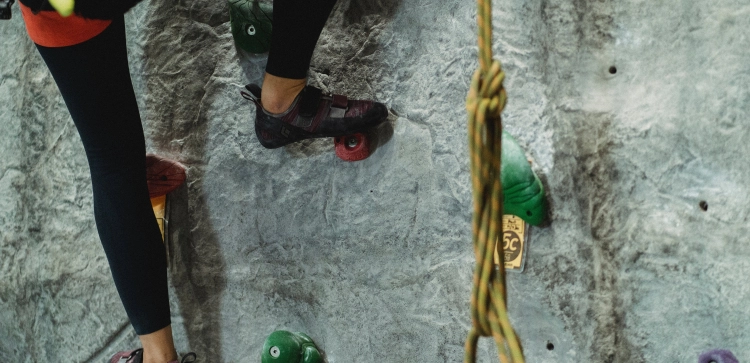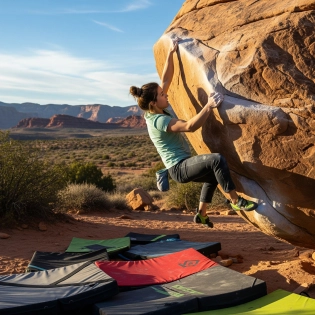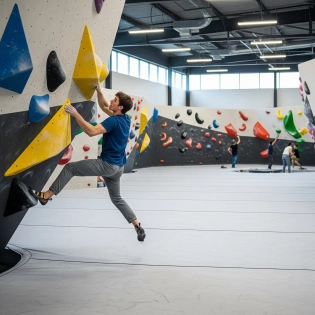
Why rock climbing is the best sport?
Because it is both a physical challenge, and also a mental challenge. Yes, many sports include a mental challenge, but climbing specifically requires problem-solving skills.
The sport requires you to understand the routes, to understand your options and how to get to the top. A rock climbing route is essentially a puzzle that you need to solve. Solving it is both a mental and physical challenge. To solve it, you need to understand the route, how it's built and what it requires, and you need to understand what your capabilities and skills are. Then you need to use those understandings to find the best way to reach the top for you.
This is another great part of the sport - there is no one correct way to reach the top.
Every climber can have their own climbing style, some are more powerful, some are more technical, some combine the two. Some prefer crimpy holds, some prefer pinches. Some are flexible, some are not.
Every one of these elements, and more, contribute to the climbing style of the climber, which makes each climber quite unique in the way they climb, and in the way they solve the puzzles (climb the routes).
This means that you may see 10 people reaching the top of a route, and each of them may have done it in a slightly different way, and you yourself may also do it in a different way.





















